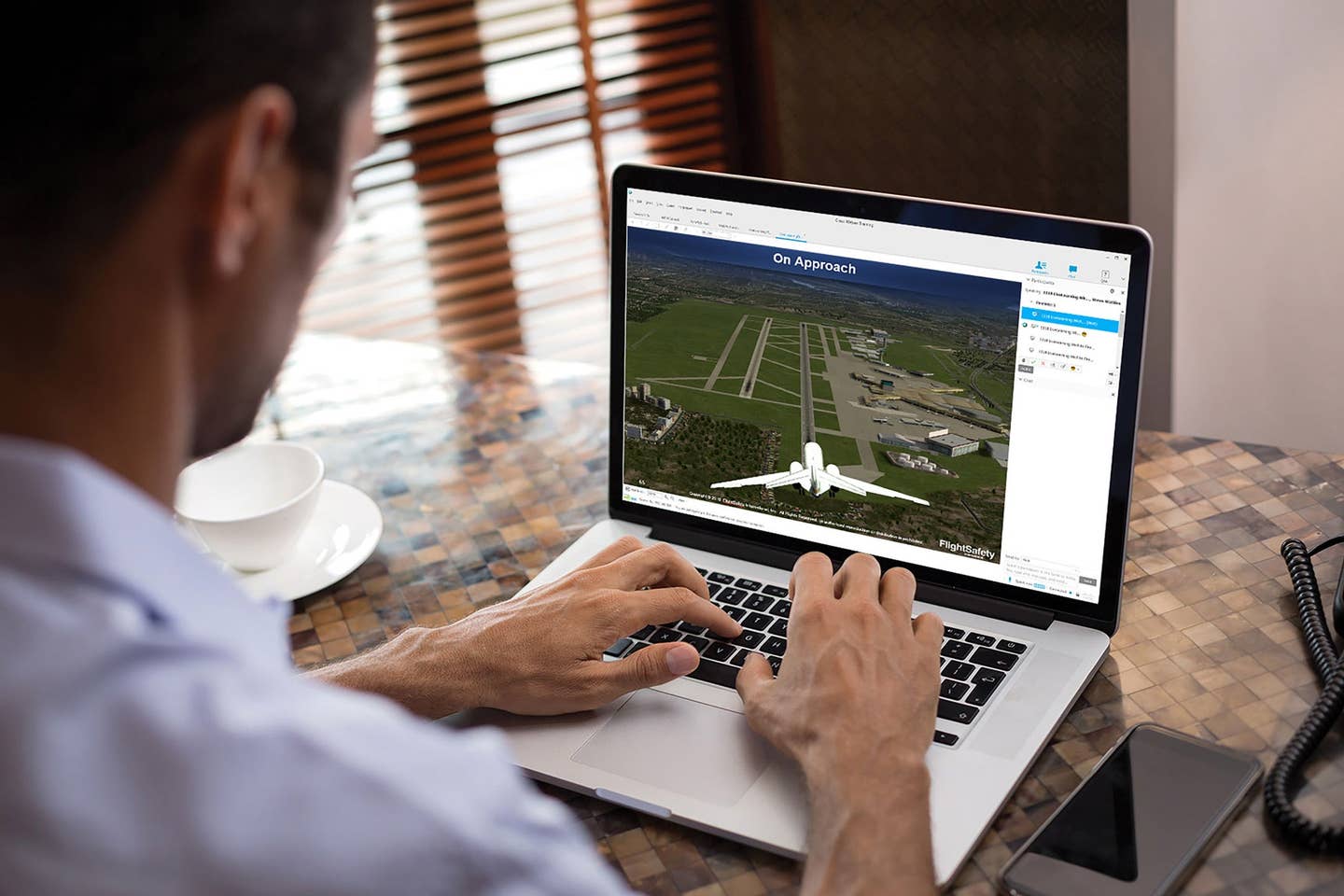What to Know When Sharing the Sky With Fireworks
Here are some tips to consider before taking off to see the festivities from above this July Fourth.

[FLYING file photo]
The Fourth of July is around the corner, which means many pilots may have watching fireworks from the air on their bucket list.
It's possible to safely and legally view the celebrations from the sky, as long as you take precautions and follow FAA guidelines, such as adherence to temporary flight restrictions (TFRs).
Planning Ahead
Your flight planning should begin several days in advance. The FAA has a TFR map that goes up in advance of commercial fireworks displays that notes the duration of the airspace restriction. Compare this to your planned route and note the time the fireworks show is scheduled to begin.
Please note that often the airspace closes down before the fireworks show start time in order to provide protection for television crews that may be covering the event from helicopters.
Commercial fireworks displays occur relatively low to the ground. According to information from multiple commercial fireworks providers, such as Keystone Fireworks, Skylighter, and Pyro Innovations, professional fireworks are usually shot at an angle, such as 75 to 90 degrees, and go as high as 1,200 feet agl. Flying at least 2,000 feet agl should put you above the festivities.
Noncommercial Fireworks Displays
Some people who will use the open land of a nontowered airport to fire off their own personal fireworks. This may not be legal due to airport, county, or city ordinances. Check before you start lighting fuses.
For the pilots who are taking off and landing in the dark on July Fourth, beware of fireworks at ground level. This is particularly true at airparks. It can be exciting—and not in a good way—when a bottle rocket zips across the runway when you are on short approach.
Challenges can continue the next morning if those who launched the fireworks don't pick up the burned remains. You may find FOD on the runway and in the aircraft movement areas.
One particularly troublesome device is the paper lantern, which is basically a hot-air balloon several feet in diameter made from tissue paper, balsa wood, and wire. They are often launched in groups but not recovered. Depending on the prevailing winds, they can come out of nowhere and drift across a taxiway or runway during aircraft operations. They may seem benign, but that wire can damage your propeller.
Safety in the Air
Although you don't have to file a flight plan to observe fireworks from the air, it may be a good idea to obtain flight following to give you another set of eyes on the traffic. Keep your head on a swivel looking outside and have the ADS-B up and running because it is highly likely there will be other aircraft up there with you on the same mission.
While it can be impressive to watch multiple fireworks displays from the air, it is definitely a different sensory experience than from the ground. You won't hear them explode from the air. It is a bit like watching TV with the sound off. You also won't smell the gunpowder, which to some adds to the intensity of the holiday experience.

Sign-up for newsletters & special offers!
Get the latest FLYING stories & special offers delivered directly to your inbox






